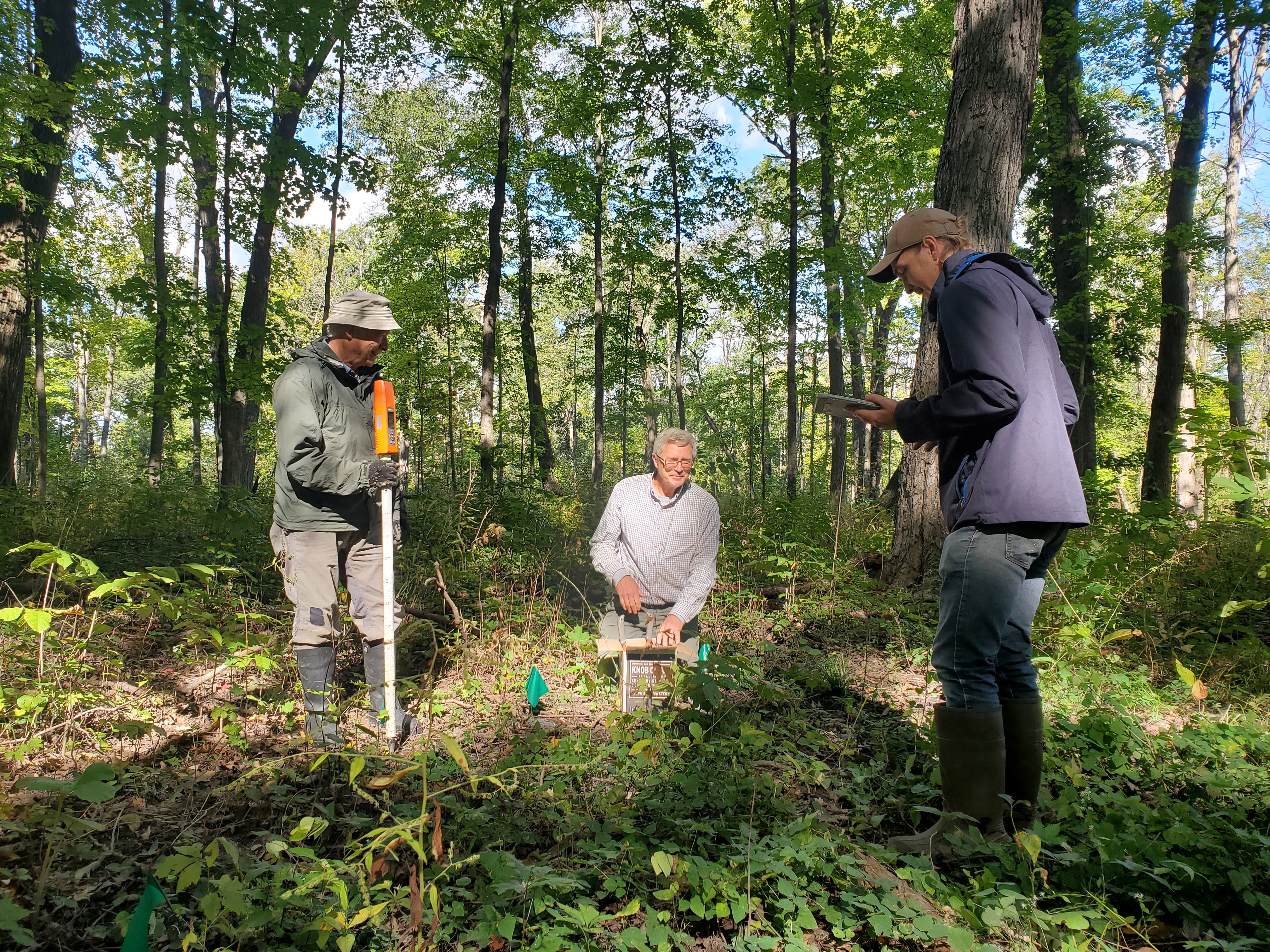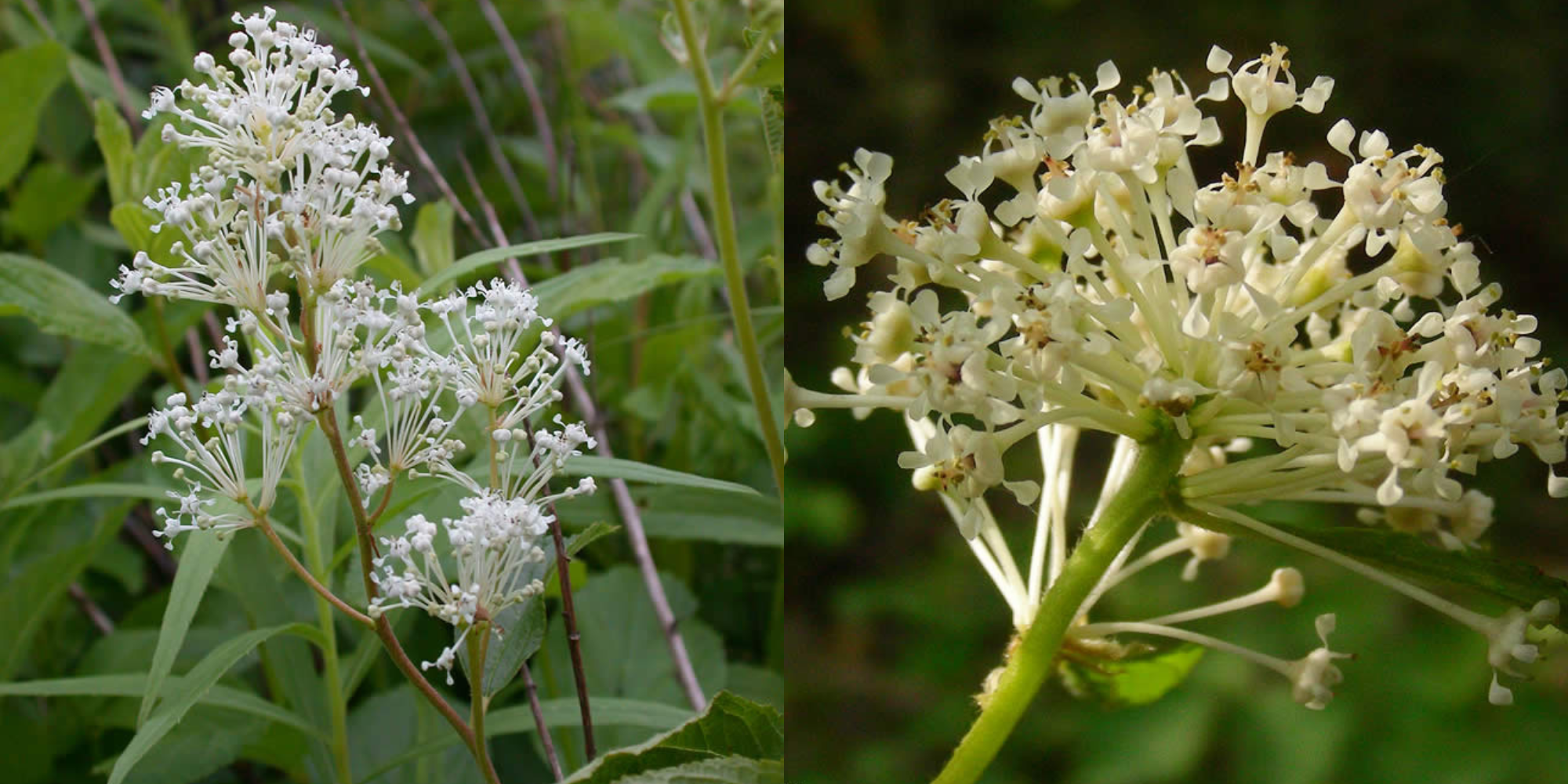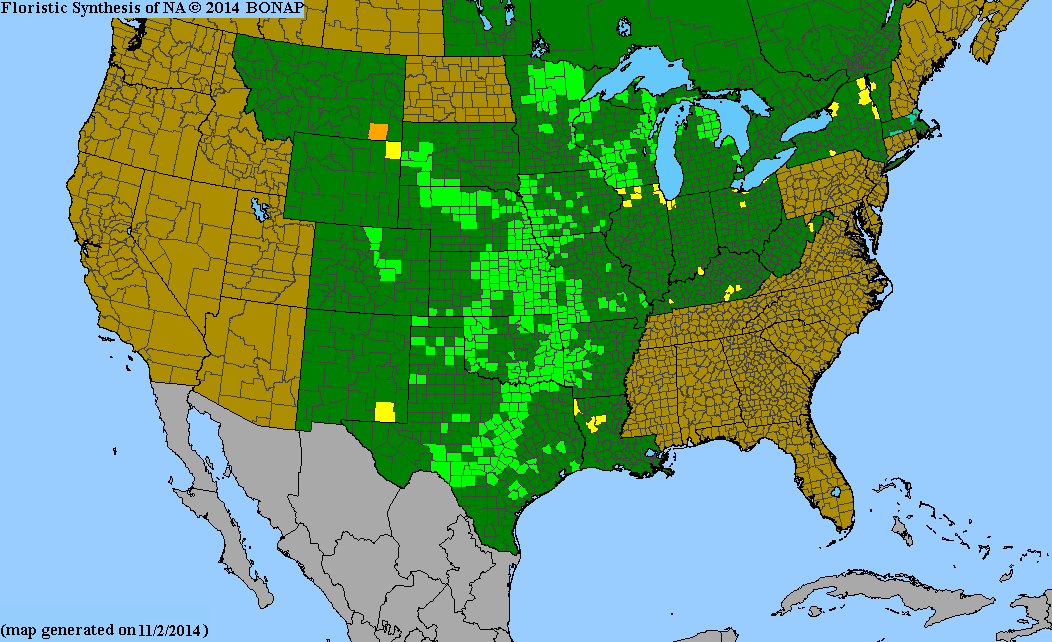
Plants of Concern and the Lake County Forest Preserve District (LCFPD), with funding from the Preservation Foundation of the Lake County Forest Preserves, have partnered on a special project called the Rare Plant Recovery Program (the Program). Since 2019, the Program has focused on the recovery of rare plant species that require more than standard management practices to persist. These rare species typically have only a few populations with small numbers of individuals. Because of population constraints, these rare plants are prone to a greater risk of extinction.
In collaboration with land managers, we identify species-specific constraints (small population size, low seed set, low genetic diversity, etc.). From literature review to field-based experiments, we explore more intensive conservation methods to bolster existing populations such as overcoming pollen limitation, introducing genetic diversity through seeding and transplanting, and establishing new plantings in suitable habitat. The program focuses its efforts on priority species that include the Illinois-endangered Eastern Grass Pink Orchid (Calopogon tuberosus) as well as regionally rare species such as Goldenseal (Hydrastis canadensis) and Downy Gentian (Gentiana puberulenta).
 Program partners monitor Goldenseal. From left: Bill Sullivan, Ken Klick, and Grant Fessler.
Program partners monitor Goldenseal. From left: Bill Sullivan, Ken Klick, and Grant Fessler.
Spotlight on Inland New Jersey Tea
Inland New Jersey Tea or Redroot (Ceanothus herbaceus) is one of the priority species that was added to the Program in 2023. The species is listed as endangered in Illinois, only occurring in rocky, sandy soils in the extreme northeast and northwest parts of the state. It is a known Nitrogen-fixer, which allows it to grow in low nutrient soils, and is a source of food for moth and butterfly larvae and adults. Inland New Jersey Tea is susceptible to very low rates of seed set, though the amount of quality seed produced increases exponentially with population size. It is similar in appearance to the more common and related New Jersey Tea (C. americanus), except the leaves are not as wide and the flowering heads of Inland New Jersey Tea are clustered atop leafy branches while those of New Jersey Tea are elongated and scattered along leafless branches.
 The inflorescence of Ceanothus americanus (left) is more elongated than that of C. herbaceus (right). Photos courtesy of Peter M. Dziuk.
The inflorescence of Ceanothus americanus (left) is more elongated than that of C. herbaceus (right). Photos courtesy of Peter M. Dziuk.
In July 2023, Plants of Concern staff and Melissa Grycan (Illinois Department of Natural Resources) collected seed from a population in Lake County, IL. Some seeds were sent to the Chicago Botanic Garden (the Garden) Dixon National Tallgrass Prairie Seed Bank for long-term storage, while others were grown out at the Garden’s Plant Production Greenhouse. The Program will transplant the propagated individuals to two other existing populations in Lake County, ideally increasing seed production.
 Distribution of Ceanothus herbaceus. Light green counties indicate where the species is present and yellow counties indicate where the species is present and rare. Map courtesy of BONAP.
Distribution of Ceanothus herbaceus. Light green counties indicate where the species is present and yellow counties indicate where the species is present and rare. Map courtesy of BONAP.
The LCFPD Native Seed Nursery and the Garden’s Plant Production department have been integral to the Program by expertly propagating priority species from locally sourced genetic material. Additional partners include Citizens for Conservation, Illinois Department of Natural Resources, Illinois Nature Preserves Commission, Minnesota Landscape Arboretum, and Forest Preserve Districts in Cook, DuPage, Kane, Kenosha (WI), and McHenry Counties.